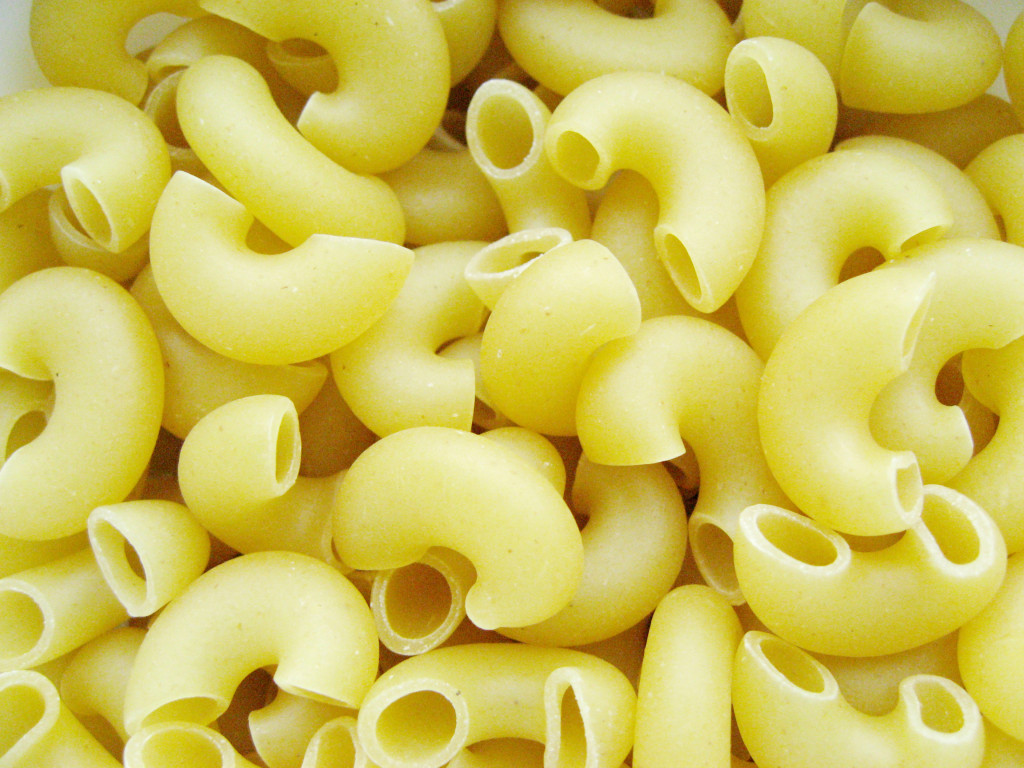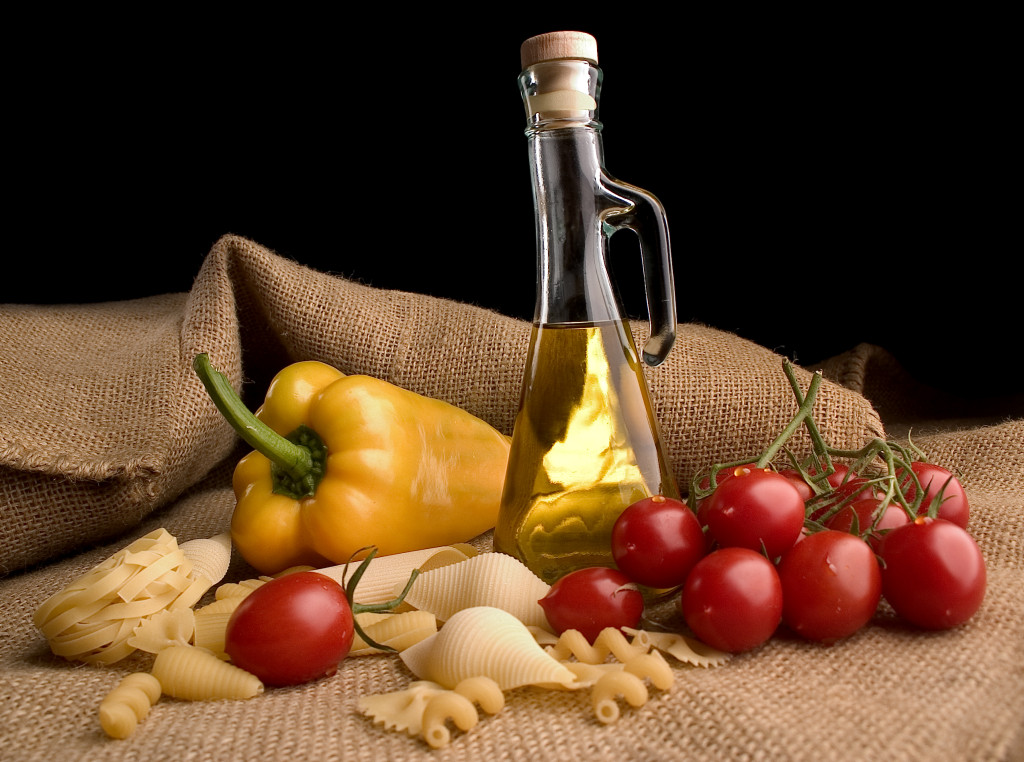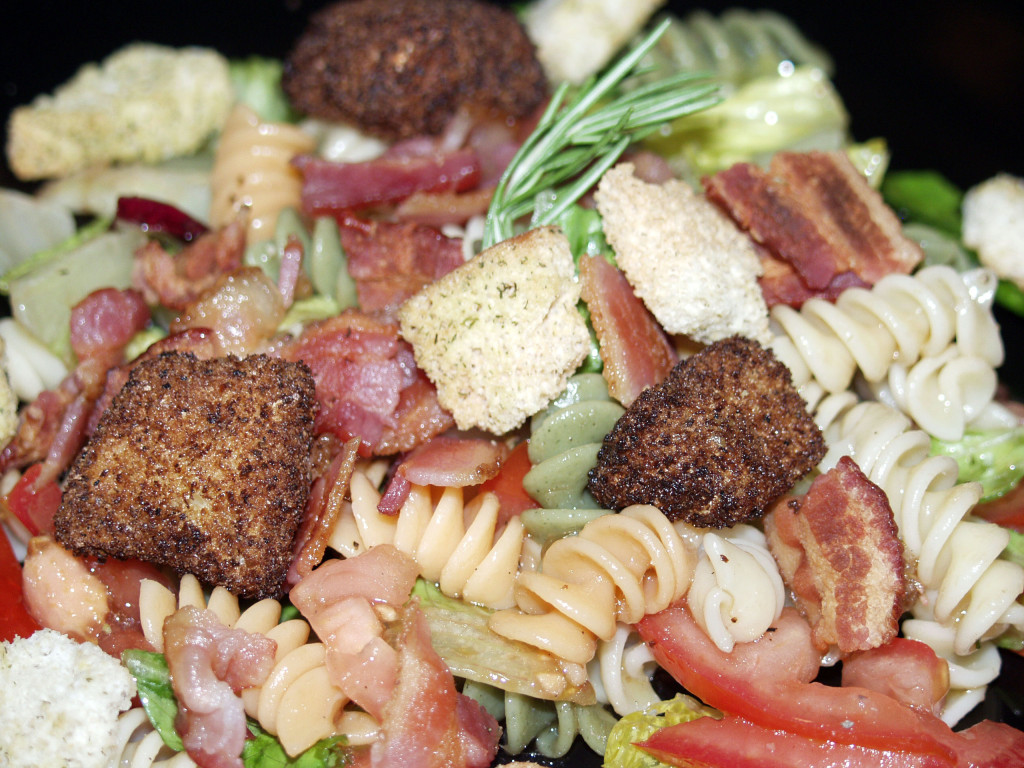There are few people who have never enjoyed a good pasta or macaroni salad. These side dishes have become synonymous with picnics and cookouts. However, that was not always the case. These dishes did not start to gain popularity in the United States until the mid-20th Century. Now, they are a staple at any summer gathering and come in many different varieties.
Origins
While you might think that pasta salad is popular everywhere pasta is enjoyed, recipes for pasta salad and macaroni salad did not begin to show up in American cookbooks until the 1960s. And it wasn’t until the 1980s that these dishes really took off. Macaroni and pasta salads are simple, affordable, and economical dishes.
Because these dishes are served chilled they soon became favorites to serve during summertime. Plus, macaroni and pasta salads were soon picked up as something that could be offered by mainstream American food companies. They are now staples served at picnics and backyard parties nationwide.
What’s the difference?
Pasta salad and macaroni salads are very similar as they often can contain many of the same ingredients. The main difference between the two is in the way they are dressed. Macaroni salad is usually dressed with mayonnaise, while pasta salad is usually dressed with vinaigrette. Macaroni salad is considered a type of pasta salad.

In the U.S., Macaroni salad is traditionally made using elbow macaroni. There is no standard pasta used to make pasta salad. Both salads are usually served as side dishes. When preparing both dishes it is recommended to cook the pasta al dente so that it does not become soggy when the dressing is added.
Ingredients

Both pasta salad and macaroni salad can be prepared with a variety of ingredients. Some popular ingredients for pasta salad include meats, cheeses, nuts or seeds, herbs, spices, olives, beans, broccoli, carrots, baby corn, cucumbers, peas, onions, peppers, and olives.
Similarly, celery, broccoli, baby carrots, onion, pickles, hard-boiled eggs, and cheese are popular ingredients in macaroni salads.
The ingredients used in a salad usually depend on the cook’s tastes. The dressings used with each salad also vary by taste. The traditional dressing for a pasta salad is considered to be oil and vinegar seasoned with salt and pepper, but a pasta salad could also be topped with a tangy, sweet, or spicy dressing. While there is no limit to the number of ingredients that can be added, many cooks recommend sticking to up to 4 ingredients to make a great salad that is not too overwhelming.
Variations
There are many regional variations and uses for pasta & macaroni salad. In Puerto Rico, macaroni salad contains tuna, onions, cubanelle pepper, and pimentos and is dressed in both mayo and mustard. Creole macaroni salad has onions, garlic, cayenne pepper, stuffed olives, and shredded cheddar cheese. Greek pasta salad includes tomatoes, onions, parsley, lime juice, and feta cheese.
Macaroni salad is a staple in a Hawaii plate lunch. A traditional Hawaiian Lunch Plate contains two scoops of white rice, a side of macaroni salad, and an entree. Many different entrees are available, depending on the restaurant. Some popular entrees include Hawaiian kalua pork, beef stew, and loco moca—a hamburger patty with a fried egg.
Macaroni salad is also an essential part of the Garbage Plate. Native to Rochester, NY, a traditional garbage plate consists of macaroni salad, home fries, and two burger patties topped with a meat hot sauce.

Do you prefer pasta salad or macaroni salad? What do you like to add to your salads? Do you have a secret ingredient you add to your pasta or macaroni salad? Have you ever had a Hawaii plate lunch or a Garbage Plate?



Leave Your Response